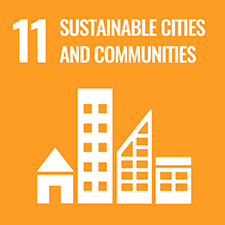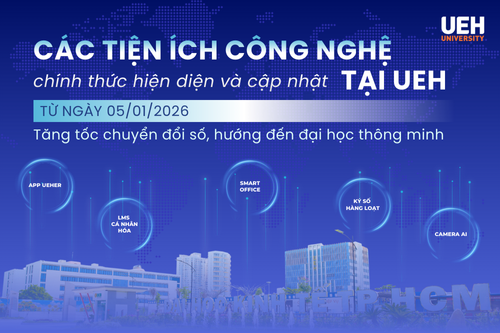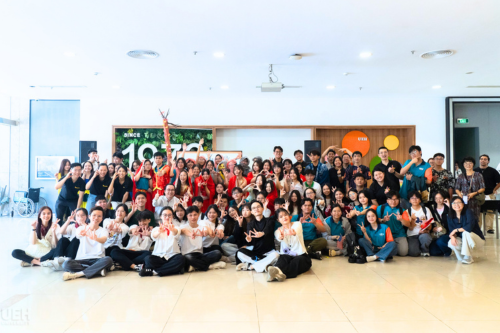
Learning in New normal social context: Digital-technology essential utilization
13 Nov, 2021
[Vietnamnet News] - Direct learning in the new normal needs to follow Covid-19 risk reduction keywords, which is a 5K-combination technology in a broad sense for all-level education system.
Provinces have gradually come back to the new normal. The expanded immunization policy for 12-17 year-old genre is starting to roll out, opening the prospect that students will soon return to face-to-face schools.
In the past 2 years, particularly almost this year, students had to stay at home without stopping studying because they have frequently studied online. Many parents, students, and even educators at all levels have believed that online learning is only a temporary solution to the crisis. However, Covid-19 is being present. Accompanying that is the rapid development of digital transformation achievements in all fields, including education, especially the large corporations’ working-from-home trend and the prospect that megacities (Ho Chi Minh City or Ha Noi Capital) will be again congested when everyone pours into the street at the same time, it is difficult to ensure the 5K principle.
In that context, even with a high rate of vaccination coverage, taking advantage of digital technologies to learn in the new normal is inevitable.
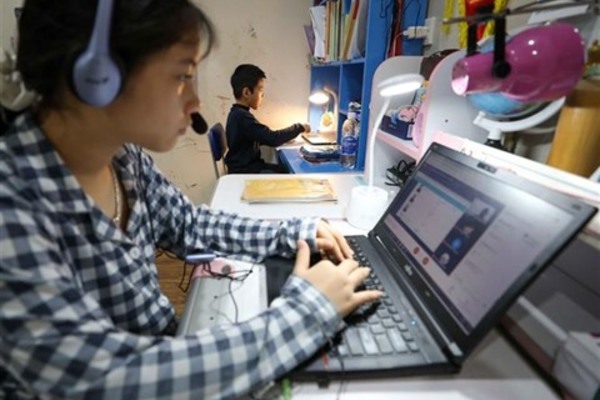 The education system needs to invest more in digital learning facilities for learners to access online. Photo: Vietnam News agency
The education system needs to invest more in digital learning facilities for learners to access online. Photo: Vietnam News agencyThe technology here is that face-to-face learning has to be combined with deployed technologies supporting online platform teaching and will be able to reduce the learner flow to schools at all times; however, communicative abilities continue as normal. Consequently, compliance with 5K is only possible when learners have enough space to keep their distance from each other at school and in society.
Flipped Classroom
To do this, 3 face-to-face learning levels in the new normal are proposed as follows:
Level 1: Perfecting face-to-face learning model with online educational platform assistance for all hierarchies.
According to this model, the education system needs to improve and invest more in digital learning materials so that learners can approach online, instead of hard copy documents. Therefore, the learner-teacher interaction will take place on the web-enhanced support platform. Although the entire curriculum is taught face-to-face, the time spent in formal classrooms, with the support of online-based learning facilities, is minimized for almost all subjects.
In particular, face-to-face learning with the online platform support should be prioritized for primary school students because this study level requires equipping primary pupils with initial background knowledge to be able to orientate their future knowledge discoveries that online learning impossibly replaces. After all, learners' skills and perceptions have not been firmly established.
Level 2: Learning in a hybrid model which includes a face-to-face and online combination at a flexible ratio; depending on the specific learning levels, the online oscillation ratio can be from 20-50% for the new normal.
Subjects requiring discussion, interaction, or experimentation or final grade subjects will be prioritized for face-to-face learning whereas primarily fixed-knowledge imparting subjects should be designed for online learning.
Level 3: Applying blended learning model. Theoretically, this is the face-to-face and online combination; however, the curricular’s design follows flipped classroom principle.
In terms of this principle, learners play a central role because they have to learn or absorb knowledge actively before going to class on an online platform; then, they will learn directly through interactive discussions and conclusions with lecturers.
Learners will learn online via digital learning resources designed to match the curriculum with short videos, podcasts, case studies and individual or group assignments. After that, during direct learning in class, the main lesson topics are discussed, interacted with and summarized the lecturer’s effectiveness.
Especially, the flipped classroom model will truly consider learners as initiating subjects and promote individuals’ and teamwork spirit’s creative potentials to generate a foundation motivating national innovation capacity in the long run.
Promoting innovation
To implement face-to-face and online learning at the above 3 levels, the education system has to invest in digital data warehouses not only for the whole system but also for all educational institutions at all levels. In addition, each educational institution must invest methodically in learner-friendly and effectively useful-for-lecturer E-learning platforms.
The investment in designing curricula in accordance with the flipped classroom model must have a measurable outcome standard and a technology assessing learners’ cumulative outcome standards at all times for subjects and syllabi in a methodical manner through online approaches.
Learning in the new normal is unnecessarily as the ordinary in-person learning following the traditional 100%-time mechanism as before; rather, requiring the education system to have a new learning approach through educational technology platforms comprising web-enhanced support, hybrid or blended.
This technology-enabled learning approach will enhance the possibility for 5K-compliance learners when there are more spaces in the classroom due to the reduced volume of face-to-face learners. Simultaneously, minimizing face-to-face learning time will reduce traffic flow on streets during simultaneous rush hours.
Particularly, learners and lecturers, thanks to this model, are no longer shocked by obligatorily switching to online learning when suddenly responding to Covid-19 pandemic which may re-emerge when the pandemic level reaches orange or red under Resolution number 128.
Last but not least, most importantly, direct learning with digital platforms and technology approaches, in the long run, will promote individual learners’ creativity in particular and the country in general.
Source: Professor Nguyen Trong Hoai ( University of Economics Ho Chi Minh City)

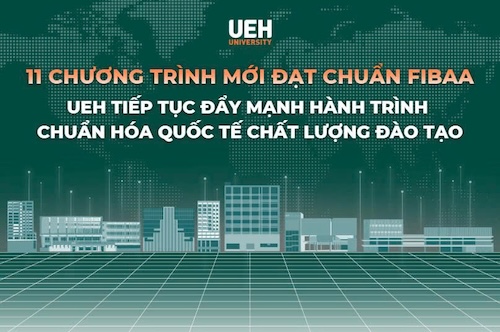

![[Contribution Research] How Ho Chi Minh City students’ green product consumption is affected by application iCTs innovation nowadays: A case for business to enhance green product consumption by understanding the role of environmental concerns, green consumption value and perceived effectiveness](/images/upload/thumbnail/ueh-thumbnail-639044087939815424.png)
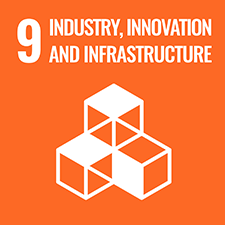
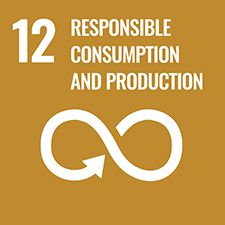

![[Research Contribution] Determinants impacting young consumers purchasing behavioral intention on sustainable fashion: exploration in Ho Chi Minh City](/images/upload/thumbnail/ueh-thumbnail-639035712273480983.png)
